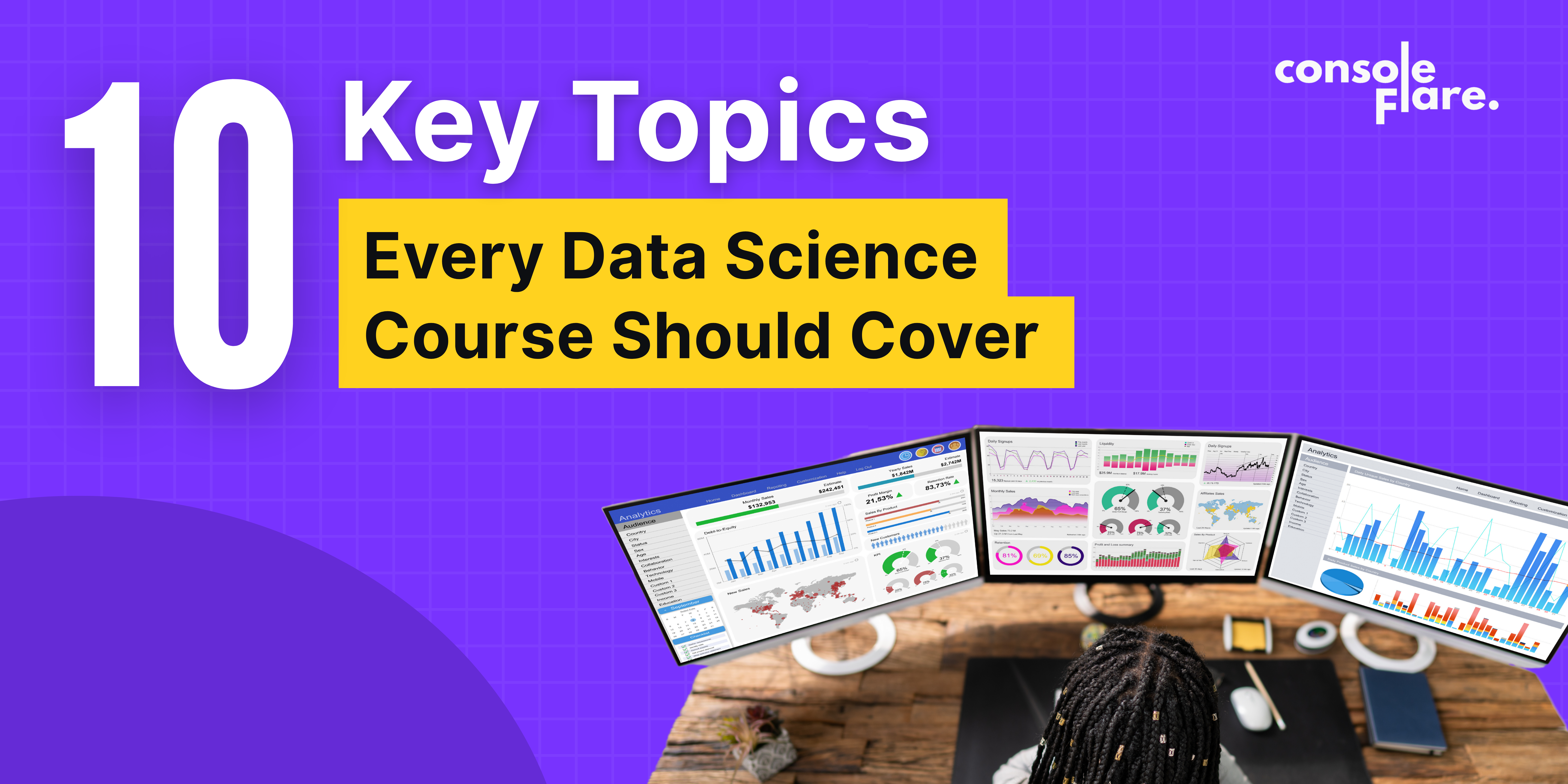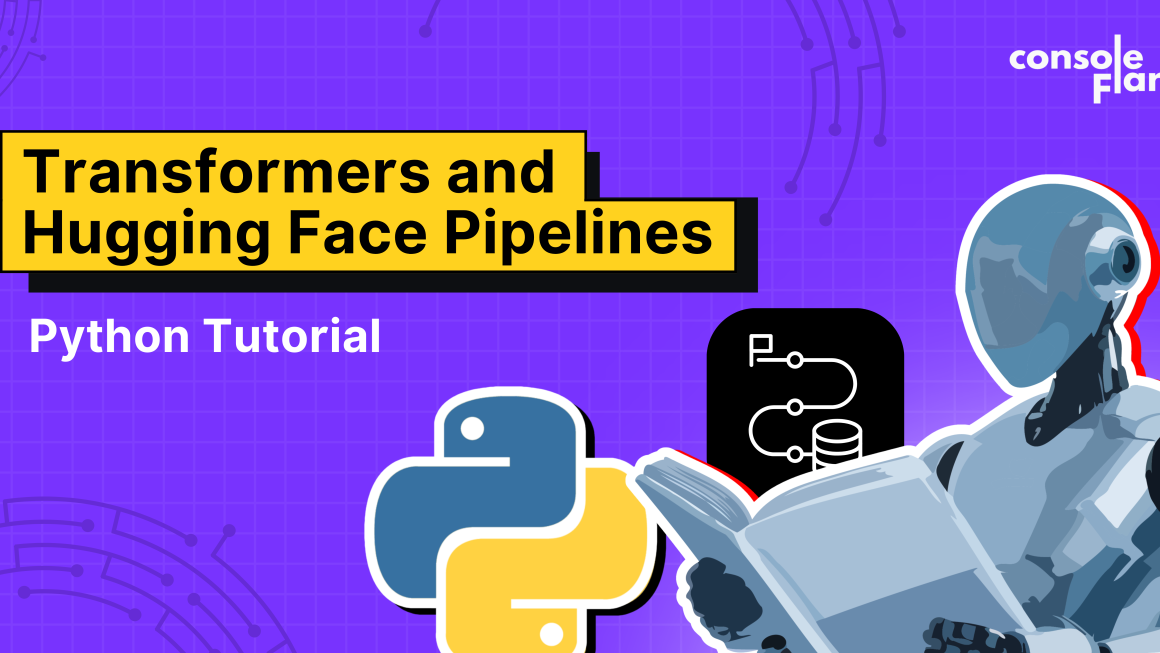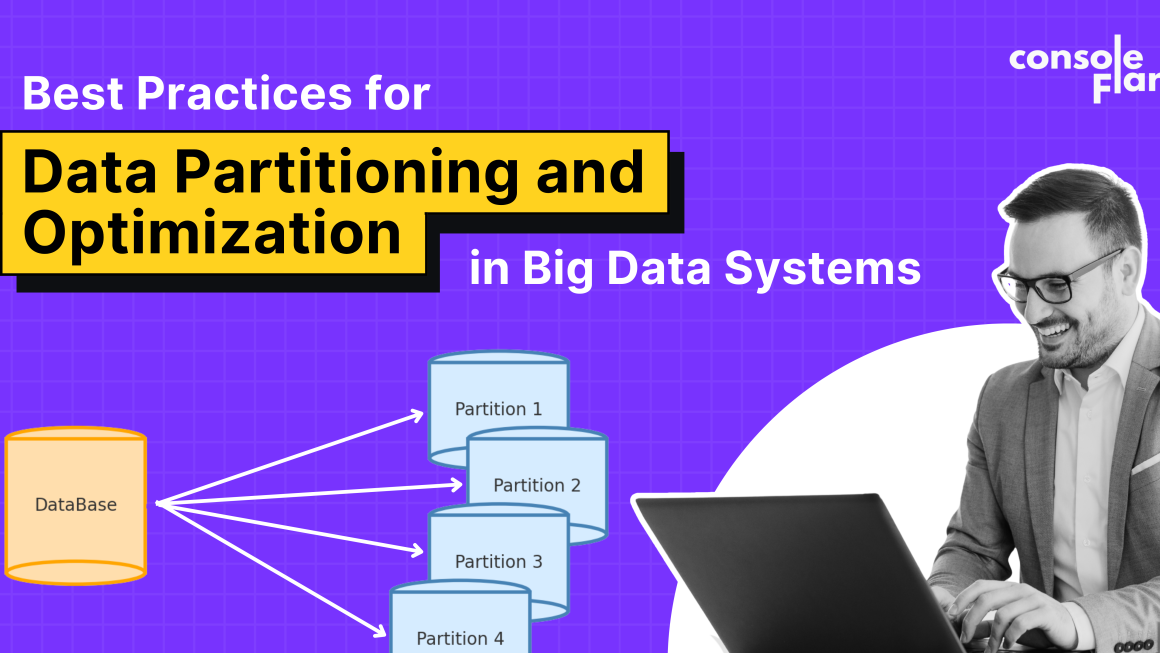The data science course has become one of the most in-demand and lucrative career options in today’s digital world. Organizations across industries—healthcare, finance, e-commerce, marketing, and more—rely on data to make informed decisions. As data is generated in huge volumes every second, companies need professionals who can manage, analyze, and derive meaningful insights from it. If you’re planning to enroll in a data science course, make sure it covers the following 10 essential topics.
10 Key Topics Every Data Science Course Should Cover
1. Statistics
Statistics is the backbone of data science. Decisions in companies are made on real numbers, not assumptions, and statistics ensure accuracy.
- Descriptive statistics: mean, median, mode, variance, standard deviation.
- Probability: managing uncertainty and making predictions.
- Hypothesis testing: drawing valid conclusions.
Without statistics, data science would just be guesswork.
2. Programming Languages
A strong grip on at least one programming language is essential.
- Python: Pandas, NumPy, scikit-learn, TensorFlow.
- R: Statistical analysis and advanced visualization.
These languages help with data manipulation, automation, and building machine learning models.
3. Data Cleaning & Wrangling
Real-world data is often messy—full of missing values, duplicates, inconsistent formats, and outliers. A data science course should teach:
- Handling null values.
- Formatting dates, currencies, and categories.
- Merging and reshaping data.
- ETL process (Extract, Transform, Load).
Clean data is the foundation for accurate analysis.
4. Data Visualization & EDA (Exploratory Data Analysis)
EDA helps you explore data patterns, relationships, and anomalies. Visualization turns raw numbers into meaningful insights.
- Tools: Matplotlib, Seaborn, Plotly, ggplot2, Power BI.
- Choosing the right chart for the right story.
Visualization bridges the gap between data and decision-makers.
5. Machine Learning Fundamentals
Machine learning helps systems learn from data and make predictions. Key concepts include:
- Supervised learning: linear regression, logistic regression, decision trees.
- Unsupervised learning: k-means clustering, PCA.
- Model building: training, testing, and feature selection.
This is where you move from analysis to predictive power.
6. Model Evaluation & Validation
A model is only useful if it is properly validated. Students should learn:
- Metrics: accuracy, precision, recall, F1 score, ROC-AUC (for classification) and RMSE, MAE (for regression).
- Cross-validation (like k-fold).
- Identifying overfitting, underfitting, and data leakage.
Evaluation ensures your model performs well in the real world.
7. Advanced Machine Learning
Once the basics are clear, you move to advanced techniques like:
- Ensemble methods: bagging, boosting, random forests.
- Tools: XGBoost, LightGBM.
- Support Vector Machines (SVM).
- Neural networks for image and speech recognition.
These methods make your models more accurate and scalable.
8. Big Data & Large-Scale Processing
With massive datasets, traditional tools may fail. A course should cover:
- Big data tools: Hadoop, Spark, PySpark.
- Parallel and in-memory processing.
- Building data pipelines on the cloud (AWS, GCP, Azure).
This skill is crucial for handling enterprise-level datasets.
9. Domain Knowledge & Ethics
Data science is not just about numbers; it’s about solving real-world business problems.
- Understanding business domains: healthcare, finance, retail, and education.
- Data ethics: privacy, bias reduction, fairness.
Domain knowledge ensures insights are relevant, ethical, and actionable.
10. Deployment & Productionization
The final step is deploying models into production so they can provide real-time value.
- CI/CD pipelines.
- MLOps for model lifecycle management.
- Docker for containerization, Kubernetes for orchestration.
Deployment bridges the gap between learning models and delivering impact.
Conclusion
A well-structured data science course should cover everything from statistics to deployment, giving you both strong fundamentals and practical skills. With these skills, you’ll be ready for high-demand roles like Data Analyst, Data Scientist, Machine Learning Engineer, and BI Analyst.
If you want to learn data science from industry experts with a placement-driven approach, consider enrolling with Console Flare. Their comprehensive program will guide you from the basics to the advanced, ensuring you land a high-paying job in the data field.
For more such content and regular updates, follow us on Facebook, Instagram, and LinkedIn










